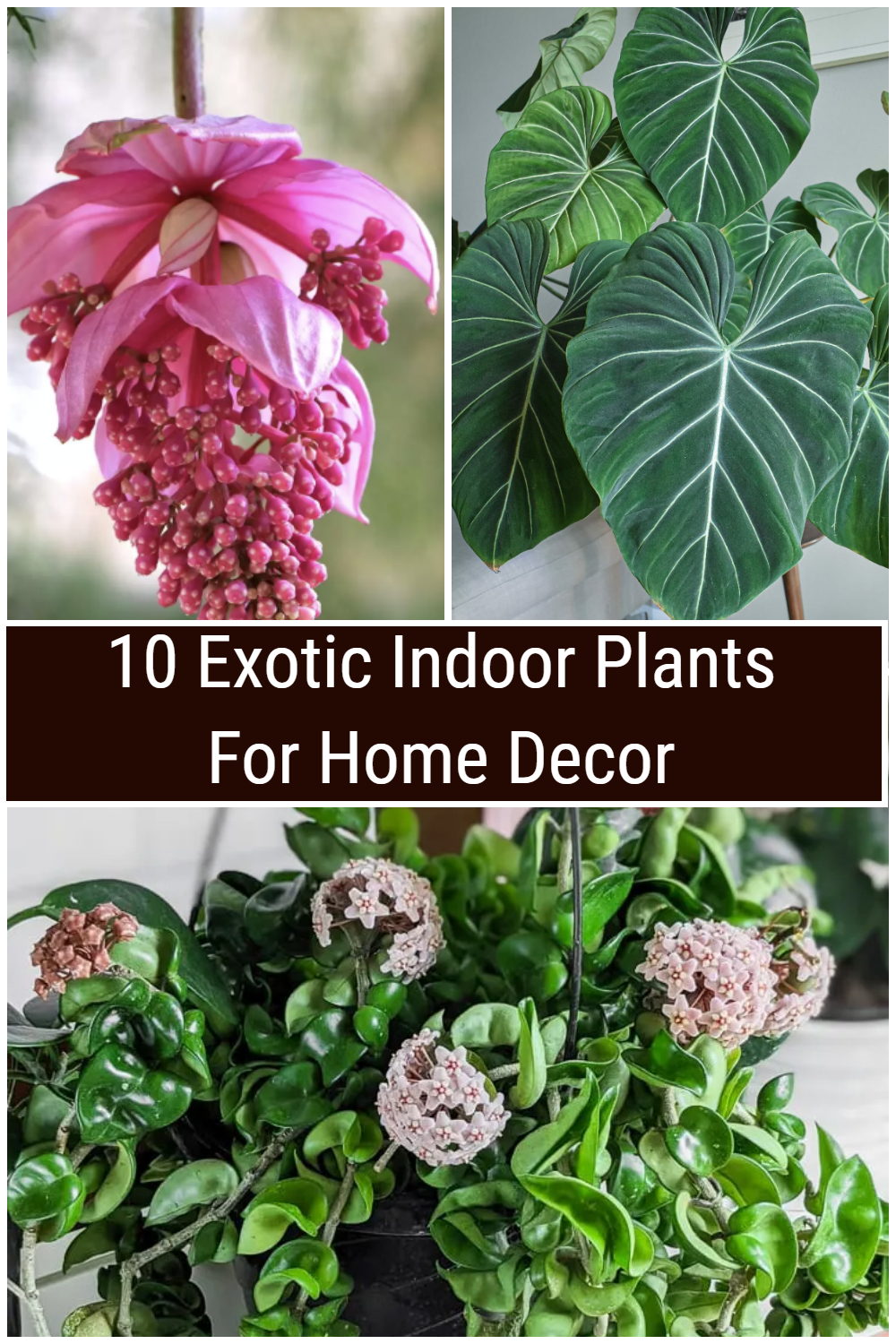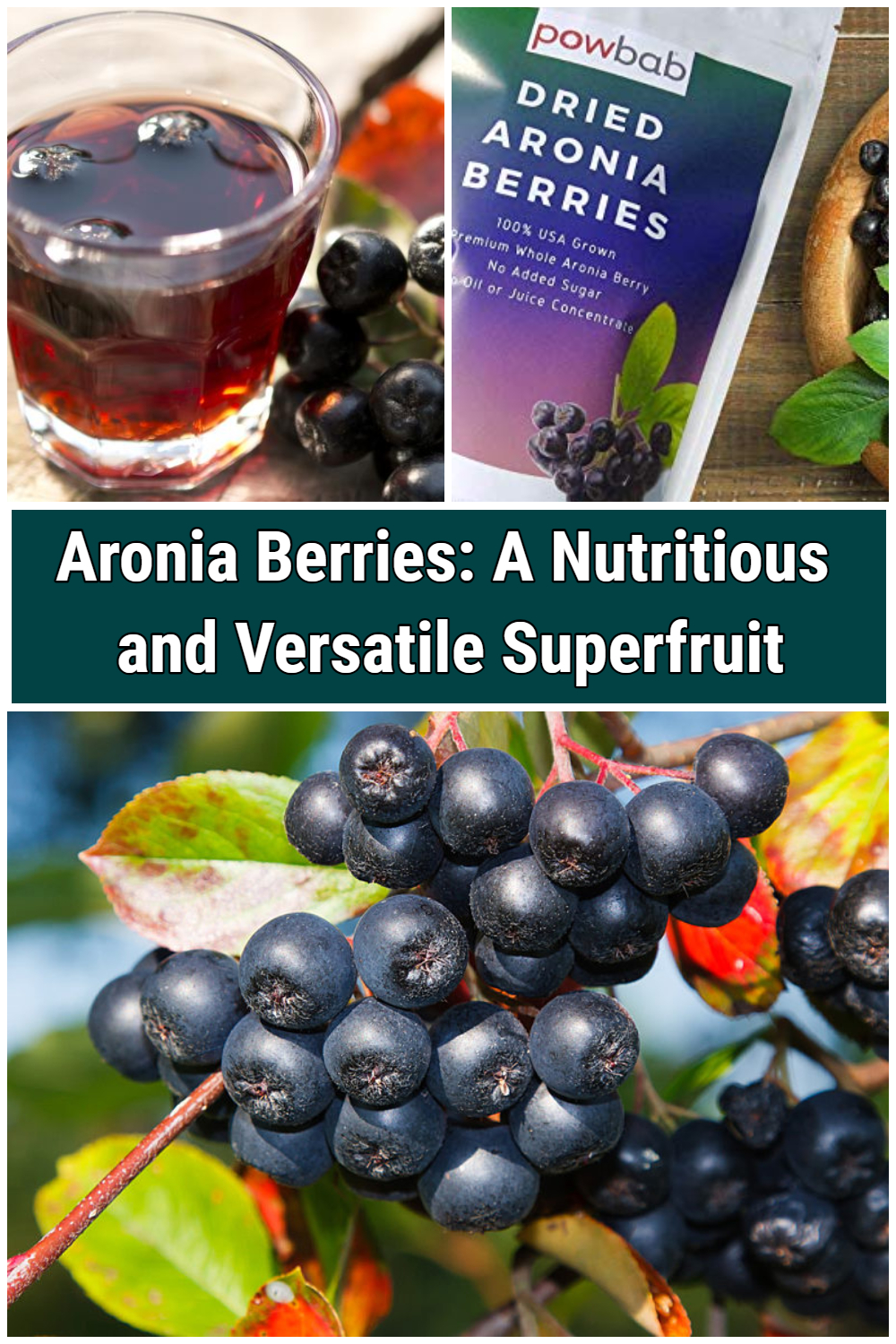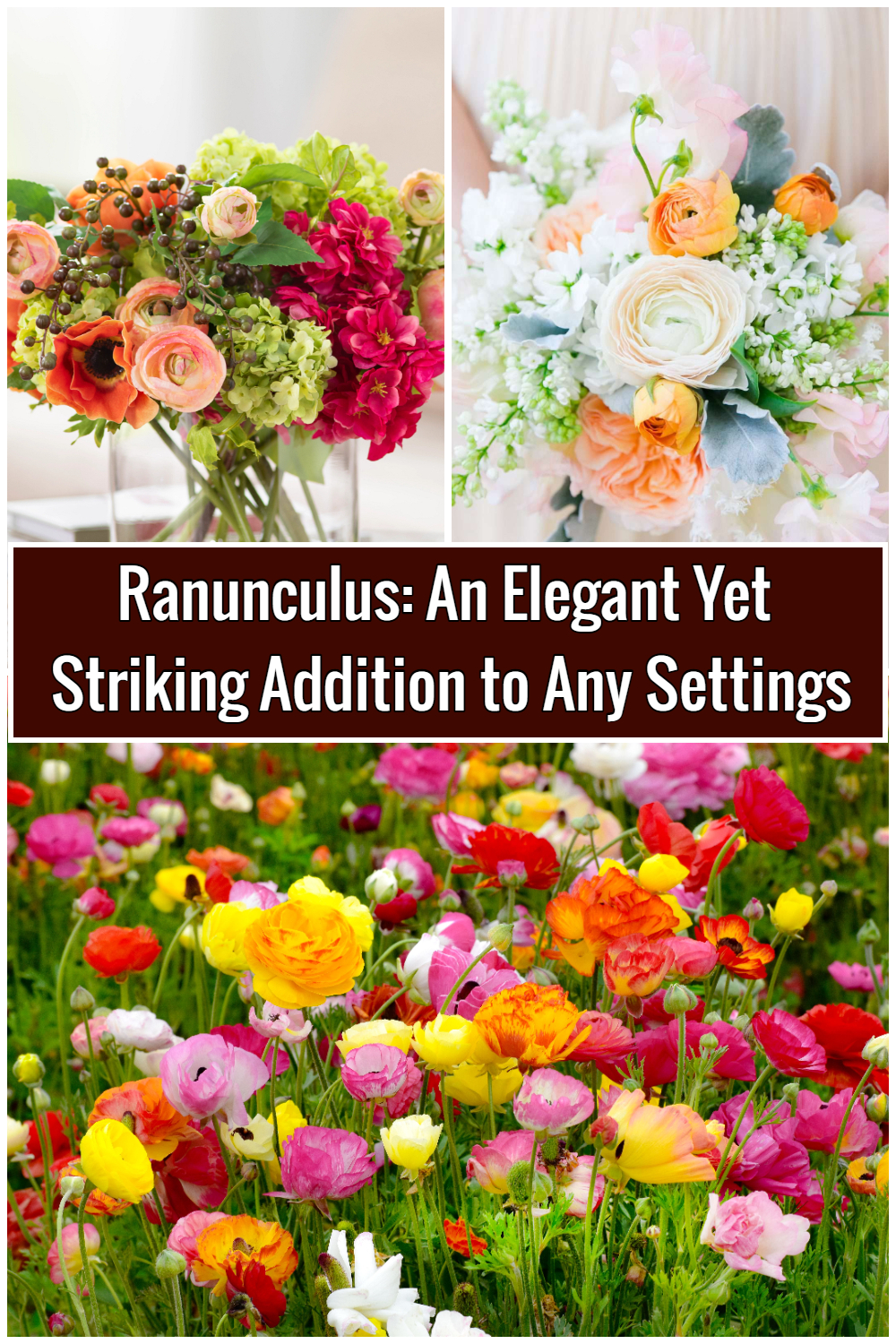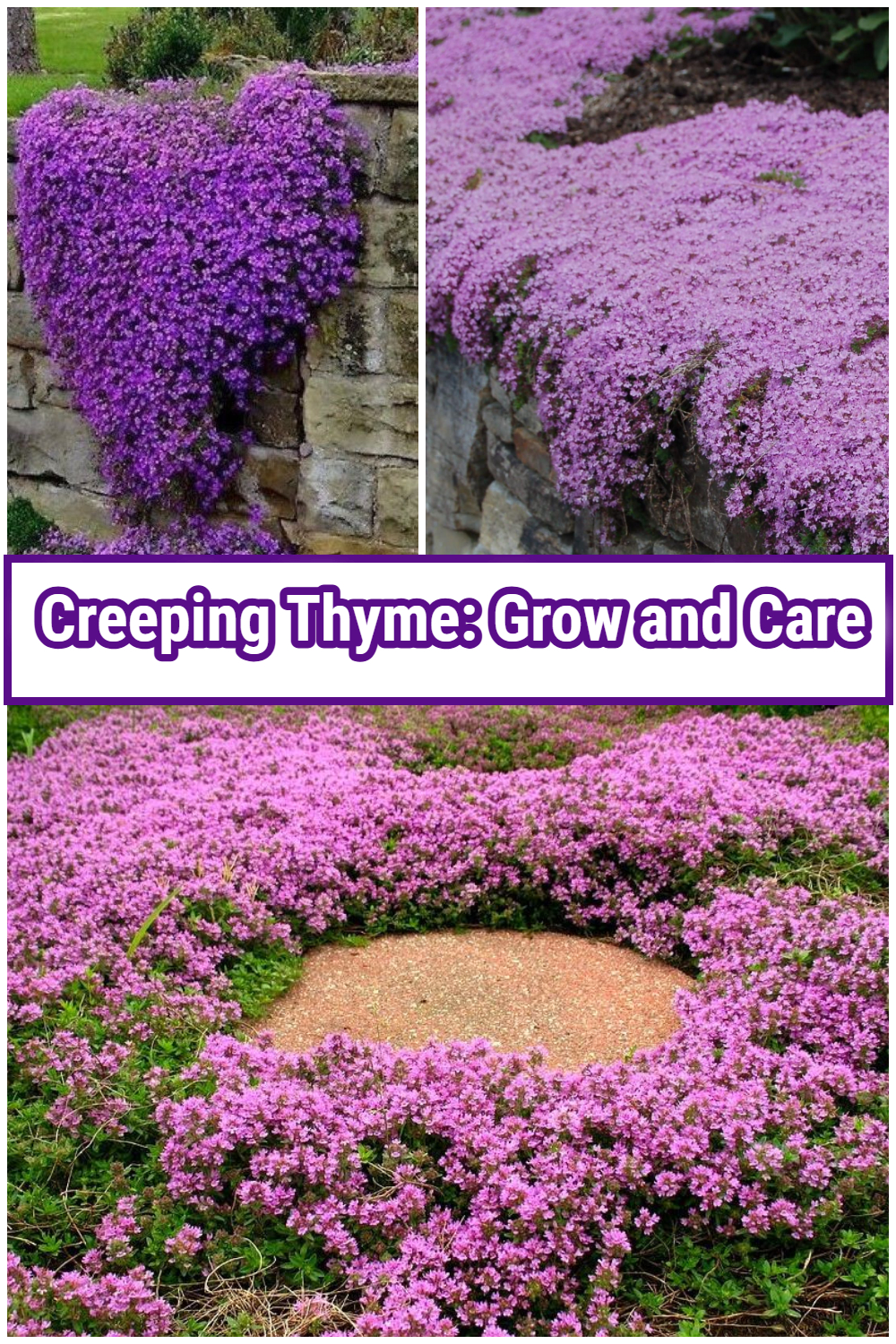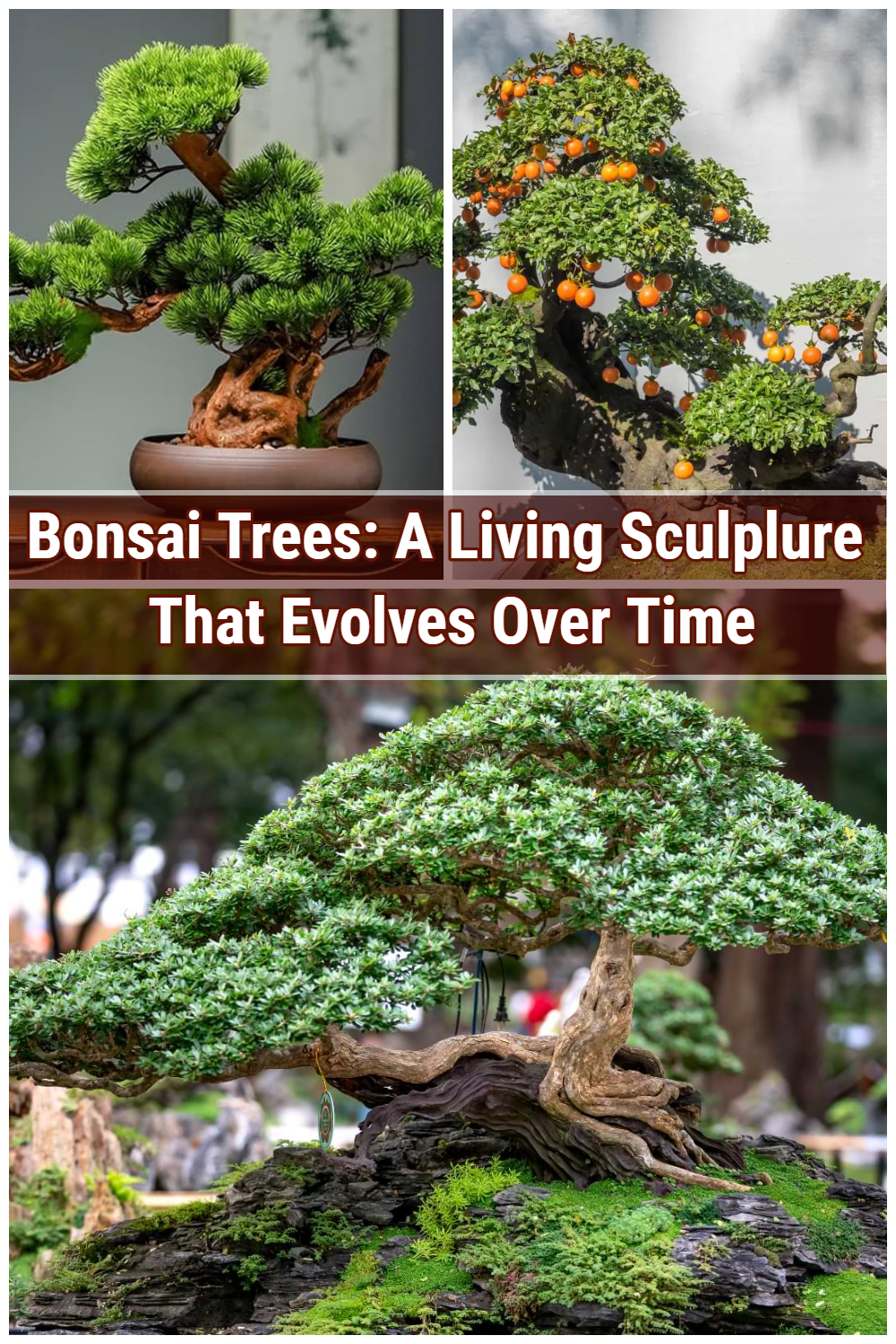Indoor plants have become a popular way to enhance home decor, providing a unique touch of nature and freshness to our living spaces. While popular indoor plants like snake plants, spider plants, and peace lilies are easy to find, plant enthusiasts often seek something unique to add to their collection. These rare and unusual indoor plants can add a unique charm to your home. In this article, we’re excited to recommend 10 exotic indoor plants that can make your indoor garden stand out.
1. Monstera Obliqua
Featuring delicate, lacy leaves with large perforations, Monstera obliqua may bring a new breath to your indoor garden. It is native to Central and South America and requires high humidity, indirect light, and consistent watering to thrive. Interestingly, this rare plant is often confused with its more common relative, Monstera adansonii.
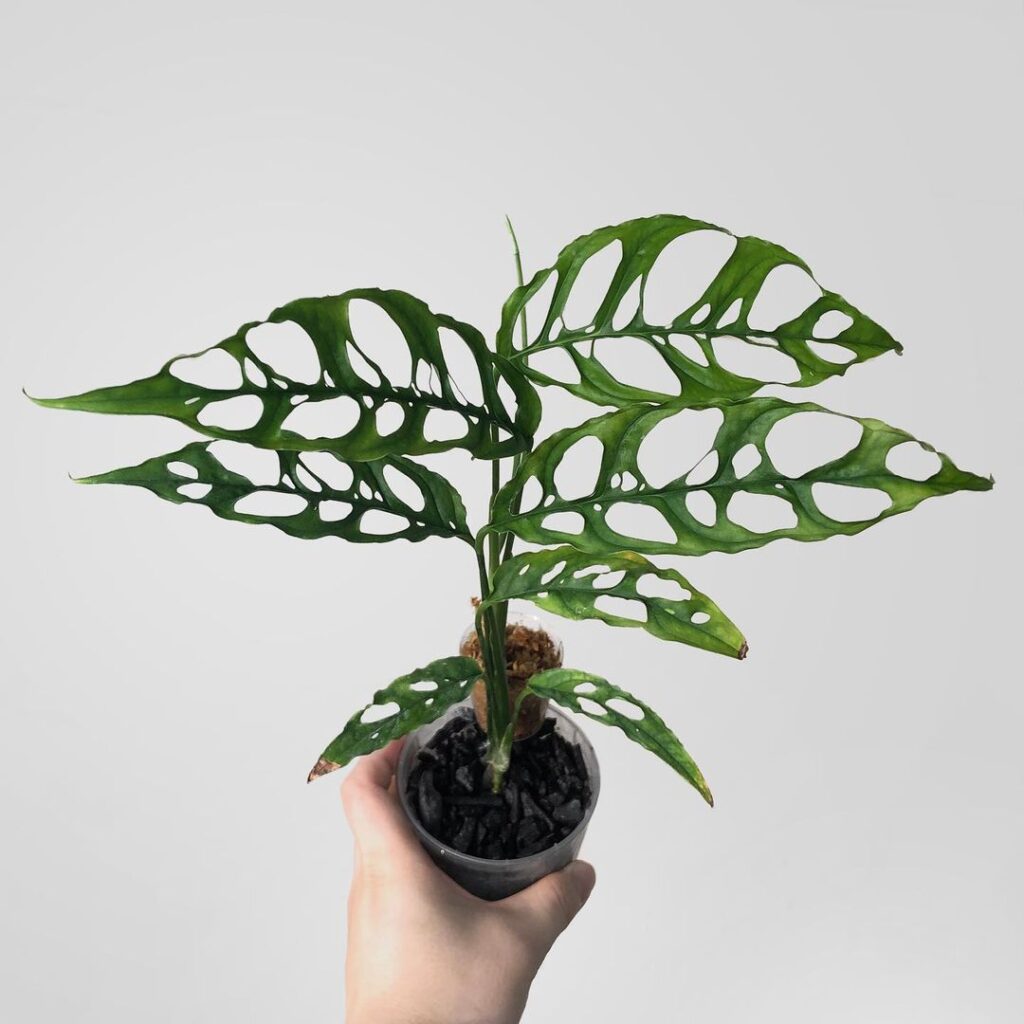
2. Anthurium Warocqueanum (Queen Anthurium)
The Queen Anthurium is a highly sought-after tropical plant with its striking velvety green foliage and rarity. Originating from Colombia, this indoor plant grows well in indirect light, high humidity, and well-draining soil.
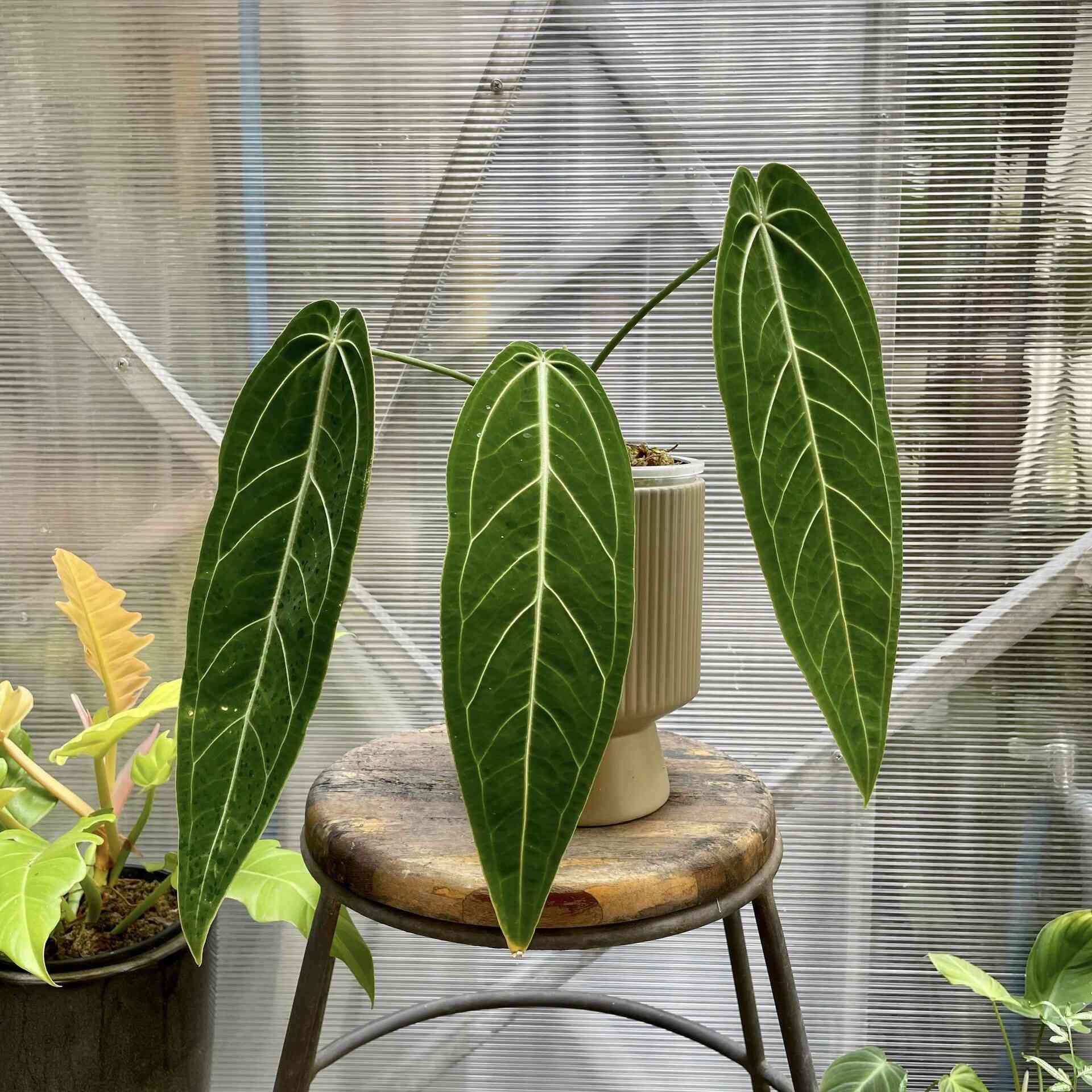
3. Philodendron Gloriosum
This rare Philodendron species makes a name for itself with large, heart-shaped leaves with prominent white veins. Unlike climbing Philodendrons, Philodendron gloriosum grows along the ground. It thrives in medium to bright, indirect light, high humidity, and consistent watering.
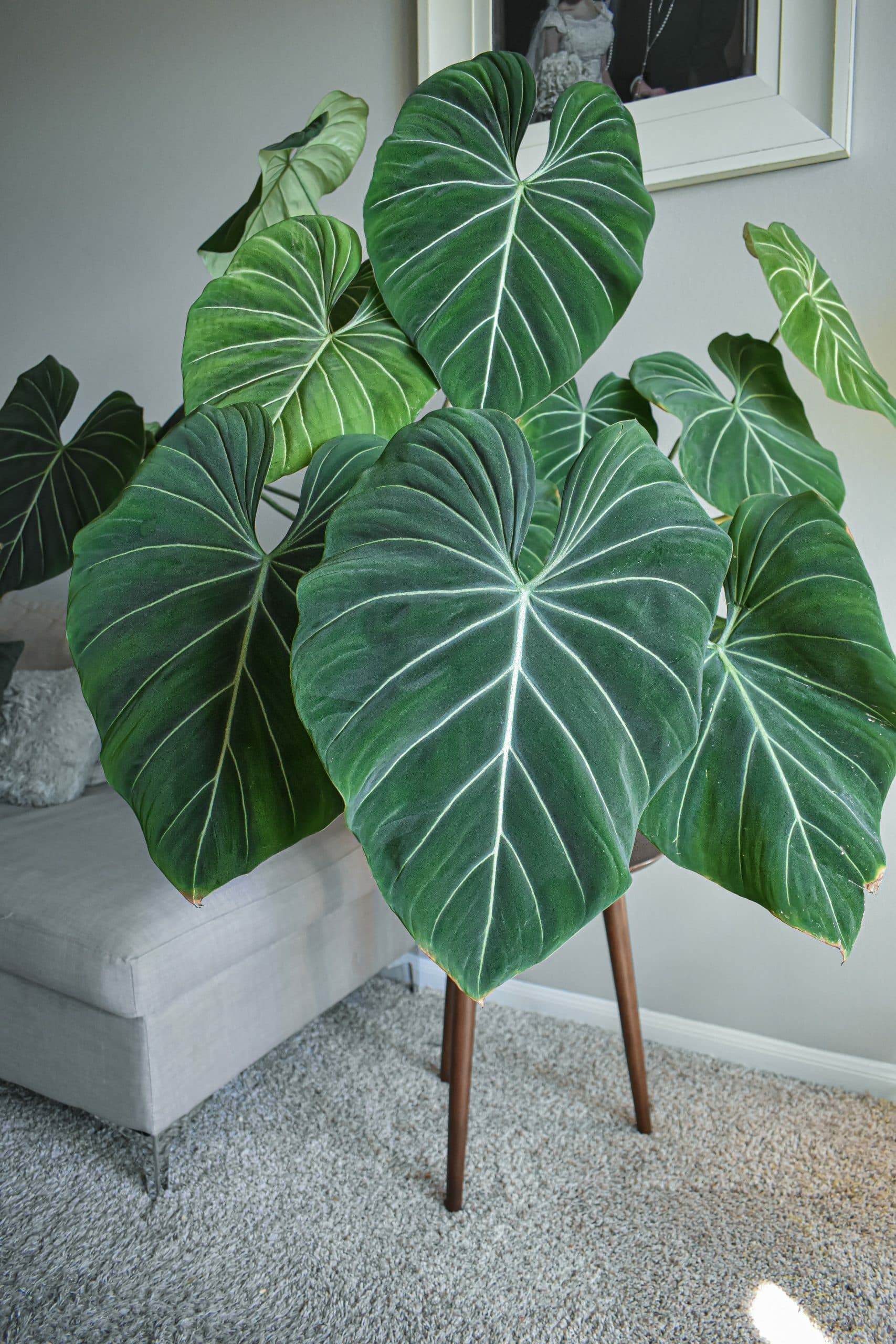
4. Variegated Monstera (Monstera Deliciosa ‘Albo Variegata’)
Monstera deliciosa features white or cream-colored variegation, making it a prized possession for plant enthusiasts. This stunning indoor plant is often expensive and difficult to find. It requires indirect light, medium to high humidity, and topsoil dry watering to thrive.
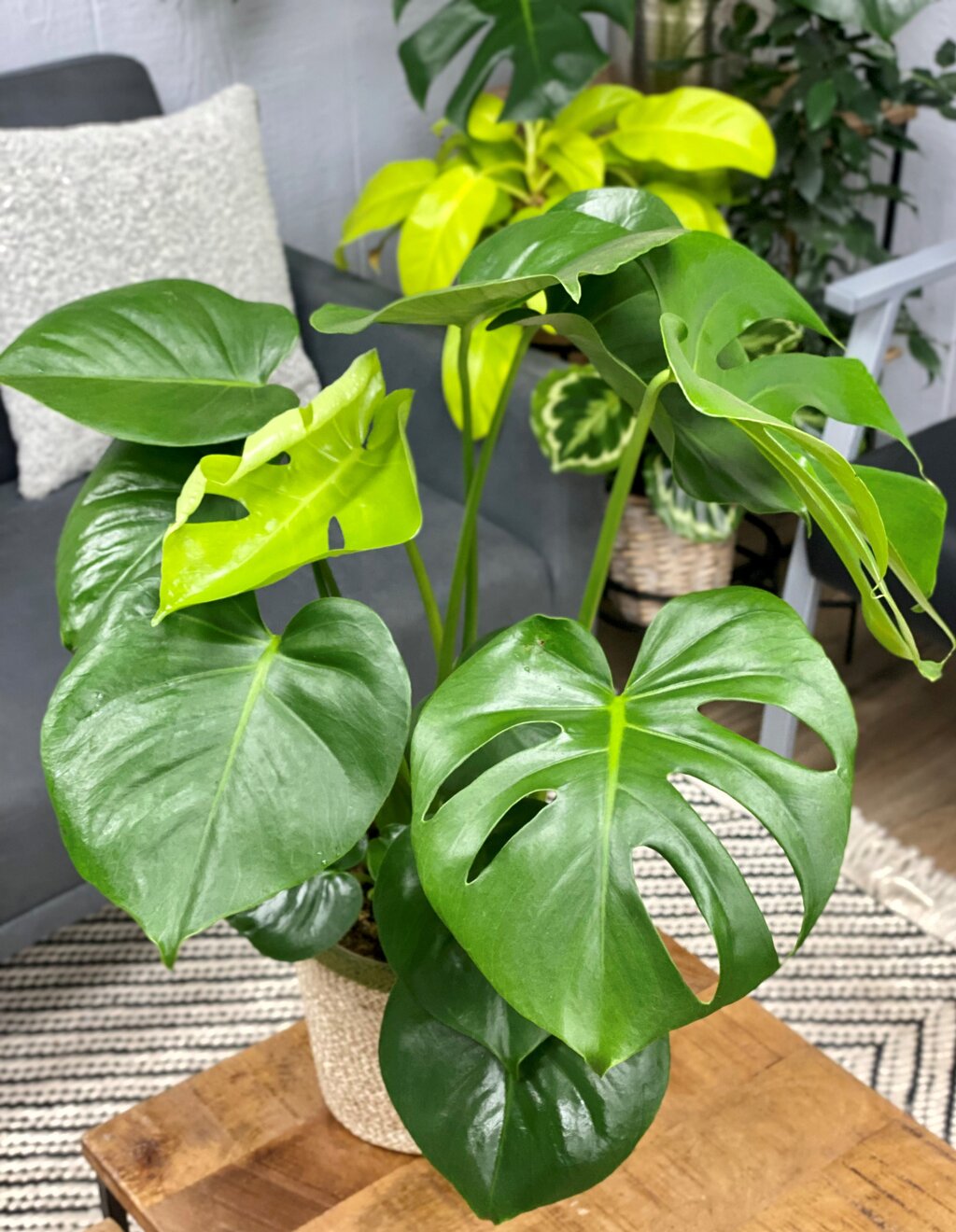
5. Hoya Compacta (Hindu Rope Plant)
The Hindu Rope Plant is a unique trailing plant with tightly curled, waxy leaves that resemble ropes. It produces fragrant, star-shaped flowers and is relatively low maintenance.
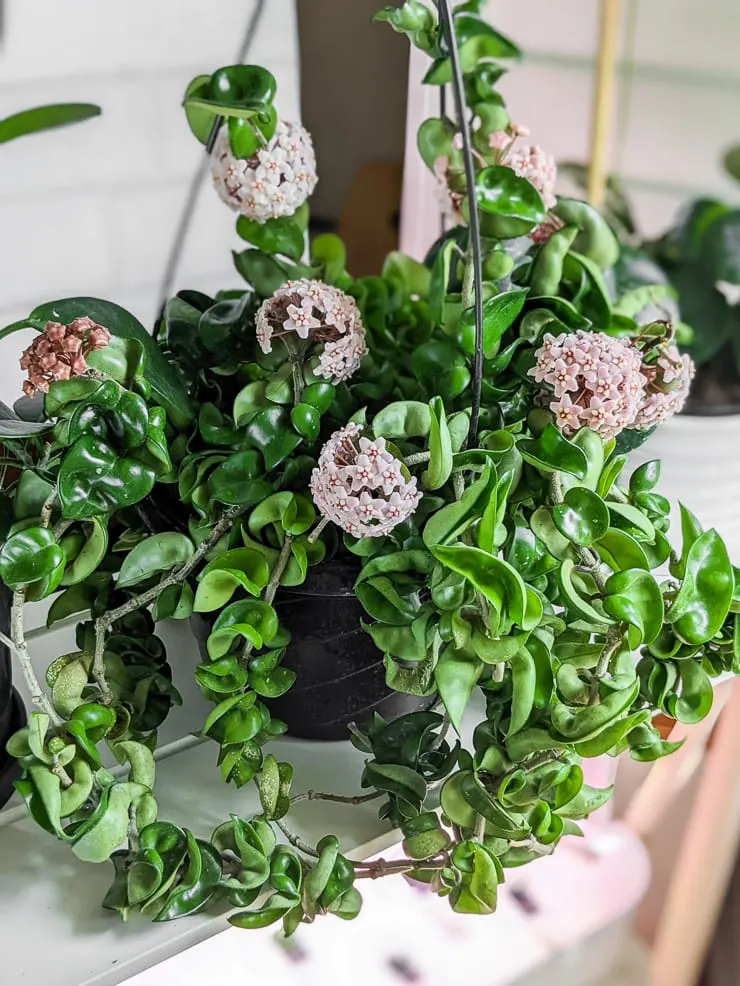
6. Alocasia Azlanii (Red Mambo Alocasia)
Featuring deep green, glossy leaves with a striking reddish-purple underside, this rare Alocasia species offers an excellent statement plant in your indoor garden. Native to Borneo, it thrives in warm, humid environments.
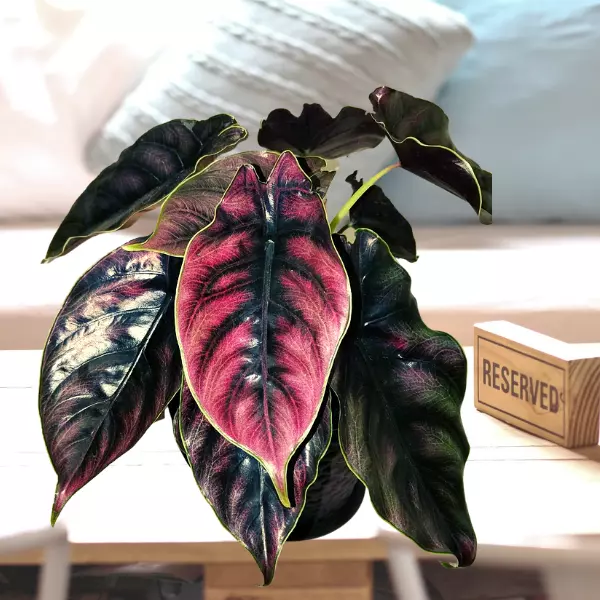
7. Begonia Maculata (Polka Dot Begonia)
This rare and striking Begonia species is admired for its ornamental beauty. It has silvery-white polka dots on dark green leaves. This plant requires indirect light, high humidity, and top-layer-dry watering to thrive.

8. Medinilla Magnifica (Rose Grape)
Rose Grape makes it a breathtaking addition to any home with cascading clusters of pink flowers. This exotic flowering plant grows well in tropical conditions and requires extra care.
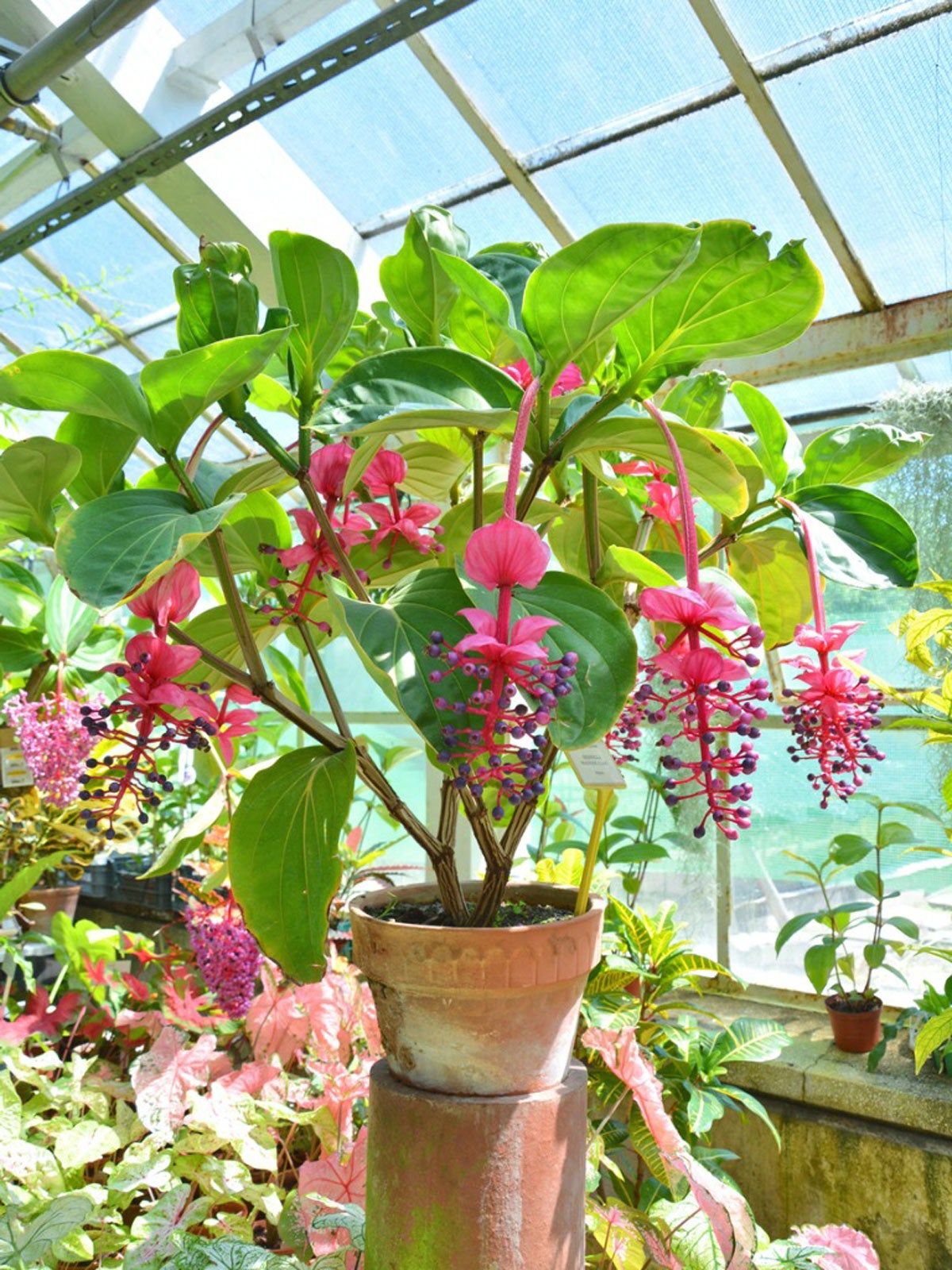
9. Rhaphidophora Tetrasperma (Mini Monstera)
Often mistaken for its more common relative, Monstera deliciosa, this plant has smaller, deeply split leaves and grows as a climbing vine. It would be an excellent addition to your home decor with limited space. Additionally, this plant is relatively low maintenance.
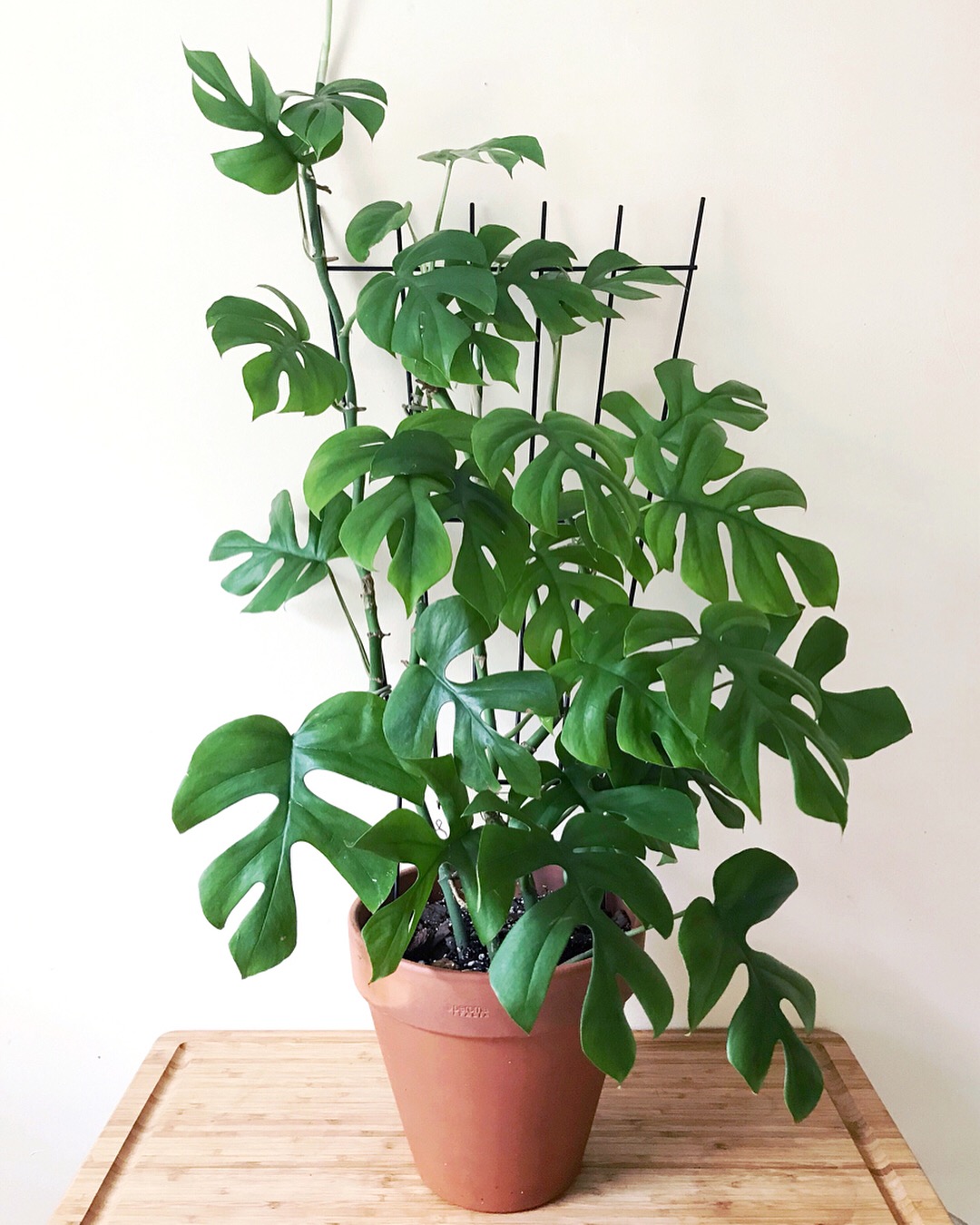
10. Piper Crocatum (Pink Veined Piper Plant)
This rare plant would be an eye-catching addition to any plant collection with heart-shaped leaves with intricate pink veins. Originating from Peru, it thrives in warm and humid conditions.
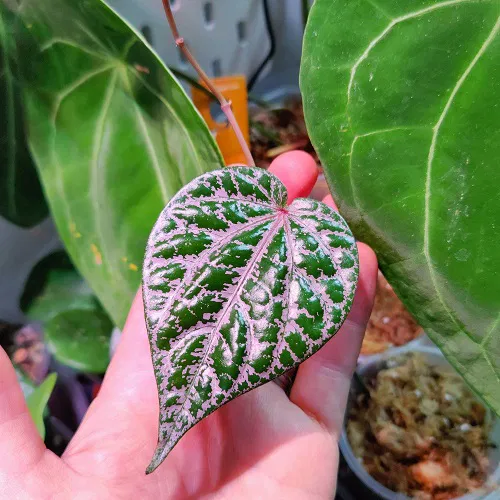
Tips for Growing Rare Indoor Plants
It’s worth mentioning that caring for rare plants often requires more attention than common houseplants. Below are some general tips to help you take care of exotic indoor plants.
- Maintain Proper Humidity: Many rare plants are native to tropical regions and require high humidity to thrive. You can use a humidifier or mist the plants to create an ideal environment.
- Provide the Right Lighting: Most rare plants prefer bright, indirect light. It’s ideal to place them near a window with sheer curtains that can prevent direct sunburn.
- Use Well-Draining Soil: To prevent tropical plants from rooting their rots, it’s recommended to use a mix of potting soil, perlite, and orchid bark.
- Monitor Watering Needs: It’s important to monitor watering needs. Adjust the watering frequency based on the plant’s needs to avoid overwatering or underwatering.
- Fertilize Occasionally: During the growing season, a balanced liquid fertilizer is recommended to promote healthy growth.
Conclusion
Rare indoor plants offer a unique charm and sophistication to any indoor space. While they may require extra care and attention, they may bring a refreshing natural touch to your home. Whether you choose the striking Philodendron gloriosum, the delicate Monstera obliqua, or the breathtaking Medinilla magnifica, growing these rare plants can be a rewarding experience that is well worth the effort.
